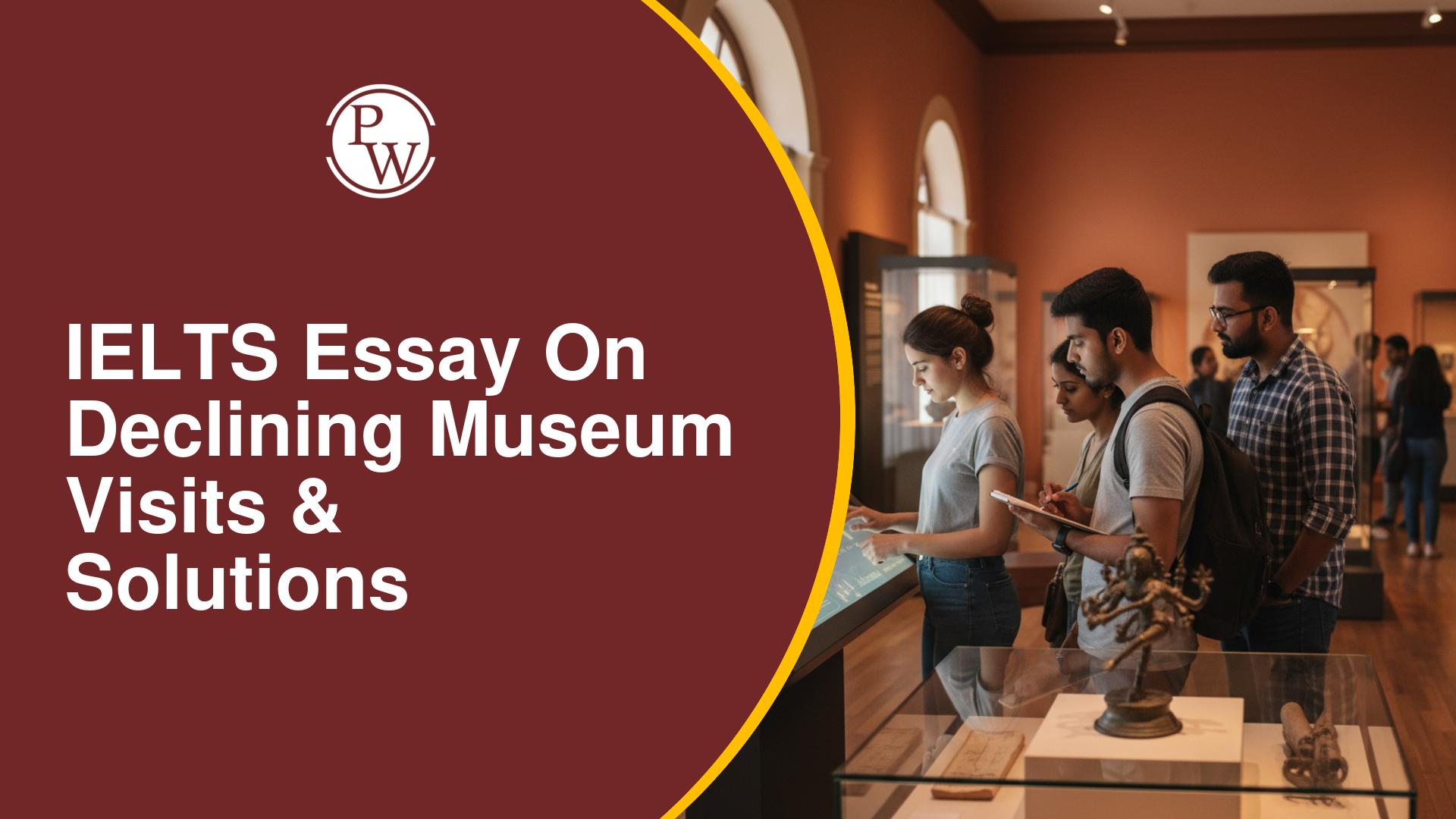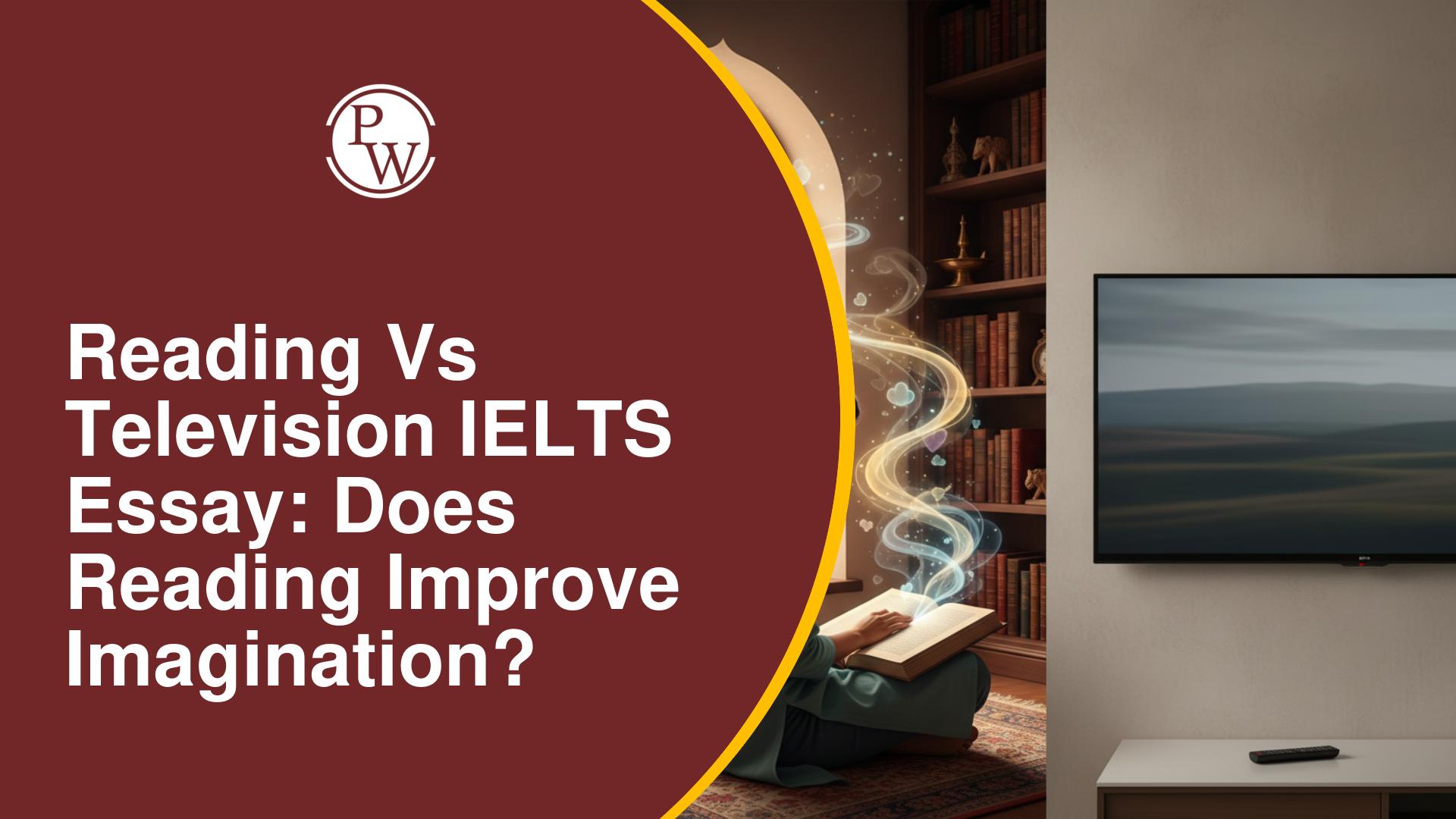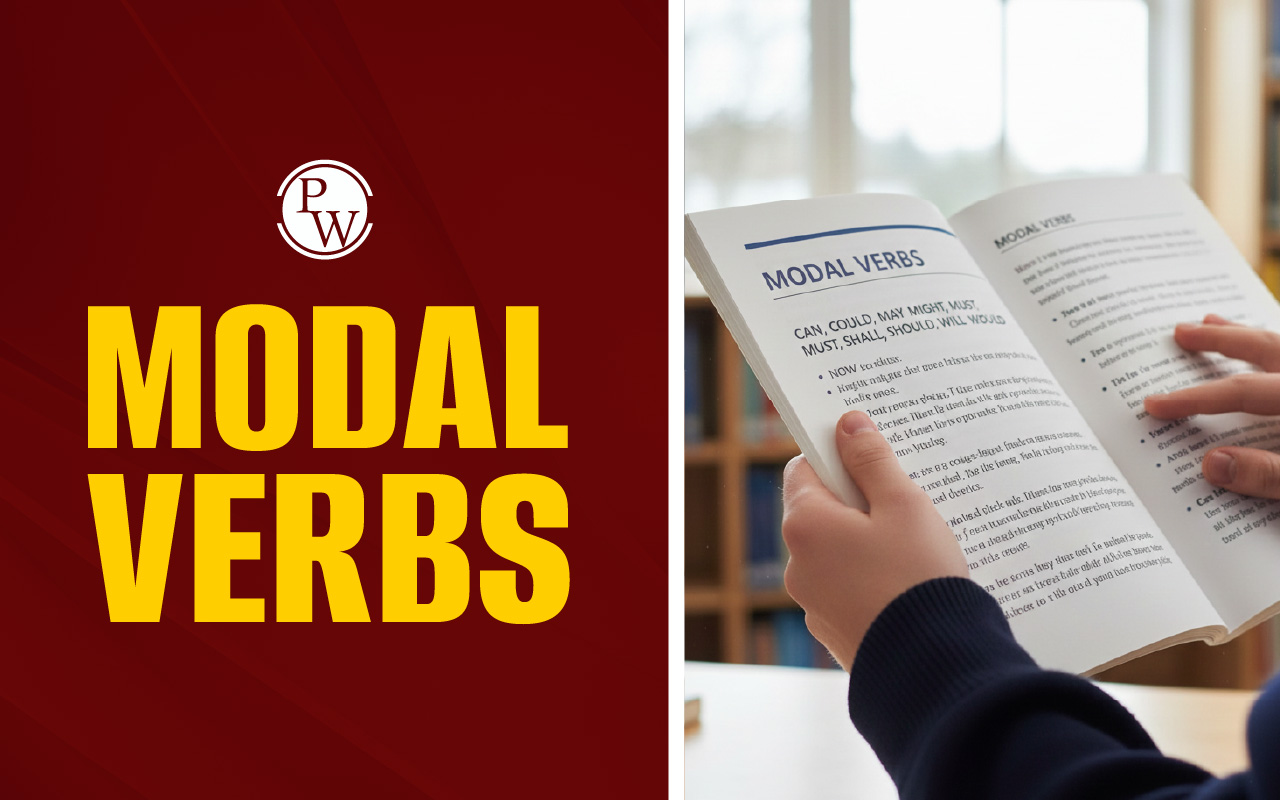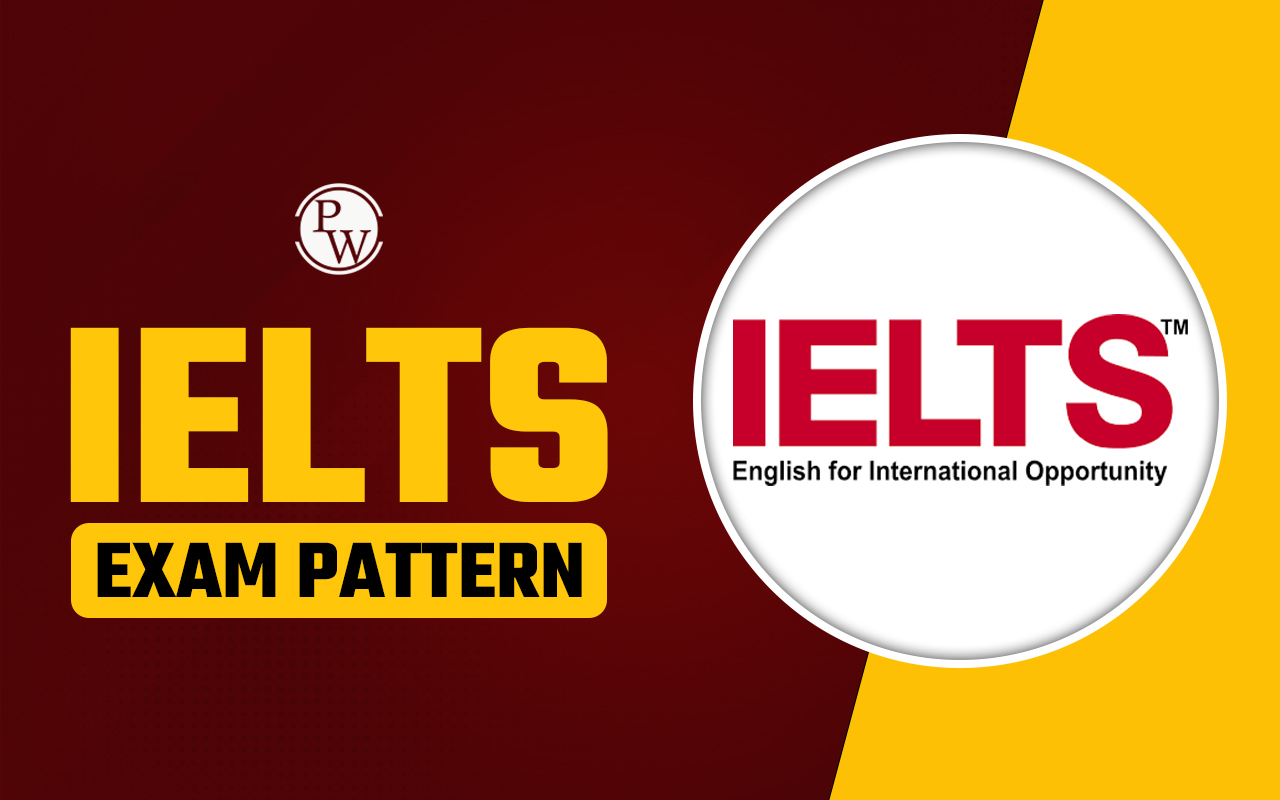
The Beginnings Of Art Therapy Reading Answers: The Beginnings of Art Therapy is a common IELTS Reading passage that explores the origin, development, and practice of art therapy as a professional treatment method. This passage tests your ability to understand historical context, distinguish between viewpoints, and extract specific factual information. IELTS exam candidates may face question types such as True/False/Not Given, Sentence Completion, and Summary Completion, requiring careful reading and paraphrasing skills to answer accurately. Practising with this passage will help improve your reading speed, comprehension, and test-taking strategies.
Free IELTS Reading Practice Tests
The Beginnings Of Art Therapy Reading Answers Passage
You should spend about 20 minutes on Questions 1-14, which are based on the Reading Passage below.
The Beginnings of Art Therapy
A. Art therapy is a relative newcomer to the therapeutic field. Art therapy as a profession began in the mid-20th century, arising independently in English-speaking and European countries. Many of the early practitioners of art therapy acknowledged the influence of a variety of disciplines on their practices, ranging from psychoanalysis through to aesthetics and early childhood education. However, the roots of art as therapy go back as far as the late 18th century, when arts were used in the ‘moral treatment’ of psychiatric patients.
B. It wasn’t until 1942, however, that the British artist Adrian Hill coined the term ‘art therapy’, as he was recovering from tuberculosis in a sanatorium. He discovered that therapeutic benefits could be derived from drawing and painting whilst recovering. Art, he claimed, could become therapeutic since it was capable of ‘completely engrossing the mind… releasing the creative energy of the frequently inhibited patient’. This effect, argued Hill, could in turn help the patient as it would ‘build up a strong defence against his misfortunes’.
C. In 1964, the British Association of Art Therapists was founded. Proponents of art therapy fell into one of two categories: those who believed that the therapeutic effect of art lay in its effectiveness as a psychoanalytic tool to assess a patient through their drawings and those who held the belief that art-making was an end in itself, the creative process acting therapeutically on the patient. The two practices, however, were not incompatible, a degree of overlap occurring between the two. A patient, for example, could produce work that could be analysed for content and forms of self-expression but which could also be a creative outlet at the same time.
Who Benefits from Art Therapy
D. Art therapy in all its forms has proved effective in the treatment of individuals suffering with a wide range of difficulties or disabilities. These include emotional, behavioural or mental health problems, learning or physical disabilities. These include emotional, behaviour or mental health problems, learning or physical disabilities, neurological conditions and physical illness. Therapy can be provided on a group or individual basis according to the clients’ needs. Whether the approach adopted by the therapist is oriented towards a psychoanalytic or creative approach, the effect of therapy is multifold. Partaking in art therapy can raise a patient’s self-awareness and enable them to deal with stress and traumatic experience. In addition, art therapy sessions can enhance a patient’s cognitive abilities and help the patient enjoy the life-affirming pleasures of making art.
What an Art Therapy Session Involves
E. Typically, an art therapy session is fundamentally different from an art class in that the individual is encouraged to focus more on their internal feelings and to express them, rather than portray external objects. Although some traditional art classes may ask participants to draw from their imagination, in art therapy the patient’s inner world of images, feelings, thoughts and ideas are always of primary importance to the experience. Any type of visual art and medium can be employed in the therapeutic process including painting, drawing, sculpture, photography and digital art.
F. Art therapy sessions are usually held by skilled and qualified professionals. The presence primarily of the therapist is to be in attendance, guiding and encouraging artistic expression in the patient, in accordance with the original meaning of the word for therapy derived from the Greek word ‘therapeia’, meaning ‘being attentive to’.
The Regulation of Art Therapy
G. Requirements for those wishing to become an art therapist vary from country to country. In the USA, where entry to the profession is highly regulated, a master’s degree in art therapy is essential. In addition, those applying for such a post must have taken courses in a variety of studio art disciplines in order to demonstrate artistic proficiency. On completion of the master’s degree, candidates also have to complete a minimum of 1000 hours of direct client contact post-graduation that is approved by the American Art Therapy Association (AATA).
H. However, whilst entry to the profession is strictly regulated in the USA, the same does not hold true for other countries. The problem is that art therapy is still considered a developing field. As such, until it becomes truly established as a therapy, its practice and application will remain unregulated in many countries for some time yet.
Also Read:
The Beginnings Of Art Therapy Reading Answers Sample Questions
IELTS True/False/Not Given (Questions 1–7)
Do the following statements agree with the information in the passage?
Write TRUE if the statement agrees with the information.
Write FALSE if the statement contradicts the information.
Write NOT GIVEN if there is no information on this.
-
Art therapy was first practised in the 18th century.
-
Adrian Hill promoted art therapy after his recovery from mental illness.
-
All art therapists agree that art should be analysed psychologically.
-
A patient’s artwork can serve more than one therapeutic purpose.
-
Art therapy is more effective in individual sessions than in groups.
-
Any visual art medium can be used in an art therapy session.
-
The term “therapy” comes from a Latin word meaning “to heal”.
IELTS Sentence Completion (Questions 8–11)
Complete the sentences below using NO MORE THAN TWO WORDS from the passage.
-
Art therapy can benefit people with __________ or physical illness.
-
Unlike an art class, an art therapy session focuses on the patient’s __________.
-
In the USA, candidates must complete a __________ in art therapy to qualify.
-
After completing the course, they must also complete __________ of supervised work.
IELTS Summary Completion (Questions 12–14)
Complete the summary below using NO MORE THAN TWO WORDS from the passage.
In the USA, the profession of art therapy is highly regulated. To qualify, students must first have experience in different areas of __________. They must then complete a postgraduate degree, and later gain practical experience through a specific number of hours of direct contact with __________. However, in many other countries, art therapy is still a __________ and not formally monitored.
The Beginnings Of Art Therapy Reading Answers with Explanations
Answers to Questions 1-14
|
Q No. |
Answer |
Location |
Explanation |
|---|---|---|---|
|
1 |
TRUE |
Paragraph A |
Mentions arts were used in ‘moral treatment’ in the late 18th century. |
|
2 |
FALSE |
Paragraph B |
Hill recovered from tuberculosis, not mental illness. |
|
3 |
FALSE |
Paragraph C |
Therapists are divided between psychoanalytic and creative approach supporters. |
|
4 |
TRUE |
Paragraph C |
Describes how artwork can be both expressive and analysable. |
|
5 |
NOT GIVEN |
Paragraph D |
Mentions both formats but does not compare effectiveness. |
|
6 |
TRUE |
Paragraph E |
Lists several types of visual arts used in therapy. |
|
7 |
FALSE |
Paragraph F |
Says the word comes from Greek, not Latin. |
|
8 |
neurological conditions |
Paragraph D |
Lists conditions like emotional, behavioural, and neurological problems. |
|
9 |
internal feelings |
Paragraph E |
Art therapy focuses on internal feelings, not external objects. |
|
10 |
master’s degree |
Paragraph G |
A master’s degree in art therapy is essential in the USA. |
|
11 |
1000 hours |
Paragraph G |
Candidates need at least 1000 hours of approved client contact. |
|
12 |
studio art |
Paragraph G |
Applicants must study different studio art disciplines. |
|
13 |
clients |
Paragraph G |
Candidates must complete hours of client contact. |
|
14 |
developing field |
Paragraph H |
In many places, art therapy is still considered a developing field. |
| IELTS Reading Band Score | IELTS Listening Band Score |
| IELTS Speaking Band Score | IELTS Writing Band Score |
Guidance of PW IELTS
Physics Wallah offers a few popular online IELTS courses for all students. Follow the latest IELTS articles to better prepare for the exam.
| IELTS Registration | IELTS Eligibility Criteria |
| IELTS Exam Pattern | IELTS Syllabus |
| IELTS Exam Dates | IDP IELTS Test Centers |









